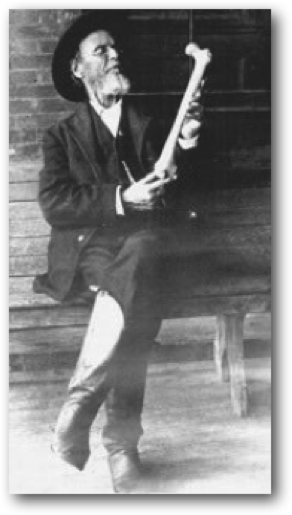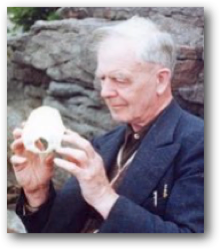Osteopathic based manual therapy and its offshoot Cranial Sacral Therapy are subtle but very effective methods of increasing the body’s mobility and vitality. As opposed to methods that try to force the body to release tension or a restriction, Bio Orthonomy and Cranial sacral Therapy take the path of least resisitance. It's not unlike a sliding window that won't close: Push and push and you get nowhere. But go up first and now the window closes easily.
Due to poor posture, daily activity, or injury, bones, joints, and muscles can become misaligned or compromised. The connective tissue surrounding these structures can become rigid and fixed, complicating the problem. These methods are slow and precise. the practitioner locates what areas of the body are restricted, gently makes contact with the connective tissue, allowing small changes to occur and gives the body time to “unwind”. Small changes lead to big results. For example, if a door is off by even a millimeter, it won't close. In Ortho-bionomy and Cranial sacral therapy, a millimeter of change is all that is needed to get the body back in harmony. When combined with acupuncture, these gentle methods can provide quick relief from long standing physical problems.

Ortho-Bionomy is based on the work of the osteopath Dr. Andrew Taylor Still (pictured left), the father of modern western manual treatments. In fact, Ida Rolf (creator of Rolfing) was healed by an osteopath and then studied under one as she created her own system she called Structural Integration.
Dr. Andrew Taylor Still developed his system of therapy in the wake of the civil war and the death of his family from spinal meningitis. Dr. Still committed himself to studying the human body and developing ways to heal without the use of conventional methods of the day.
The techniques are non-imposing and allow the body to unwind the tension held within the connective tissue.

Cranial Sacral Therapy is attributed to Dr. William Sutherland (pictured right) who furthered Still’s work and became focused on cranial osteopathy and it’s connection to the sacrum. Sometimes, the best way to correct the sacrum is to correct the cranium and vice versa. He also maintained that the cranial bones were not fused and could be gently manipulated with very light touch to correct structural imbalances and facilitate healing.
Cranial Sacral Therapy
Osteopathic Based Ortho-Bionomy
&